BIAN PoC/ PoV
Solution Delivery
Deliver a well defined delivery workflow for a PoC or PoV Implementation for a Business Use Case as a BIAN Delivery Solution
BIAN POC / POV DELIVERY METHODOLOGY
PoC or PoV Build
Below are some high level steps that we typically undertake as the PoC (Proof of Concept) / PoV (Proof of Value) Delivery Methodology. The purpose of these steps is to establish and prove a working delivery model using BIAN as the architecture framework for a typical Banking Business use case.
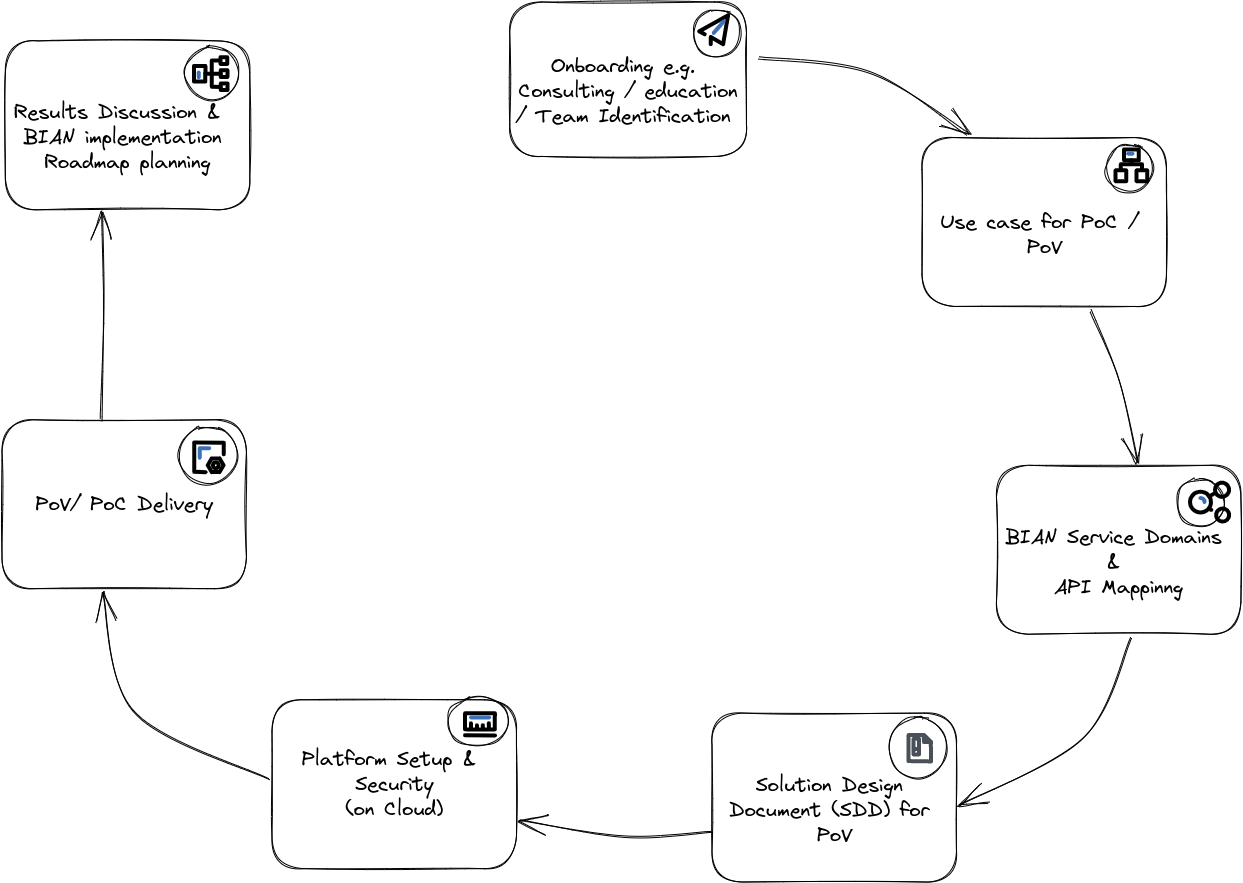
POC / POV DELIVERY STEPS
Onboarding
Initial discussion with various stakeholders to identify the minimal team to understand and execute the PoC / PoV with the idea of building knowledge within the team, leading to a ramping up of the capability with a clearly defined business outcome.
This step typically involves – launching a Short outcome focussed project under a Charter of achieving a specific business capability showcase, potentially further involving – training/ Initial consulting /stakeholder & team lead/s identification and setting up of direction of travel – resulting into a “Solution Approach Document”

Use Case Identification
Identify a good Use-case in the current business context, capture the business problem statement, and the desired business outcome from the PoC.
This step typically involves – consulting engagement involving discussion / workshops with Business / Operations leads to identify the Usecase & further with Technology leads to identify current implementation & challenges, and quantification of desired outcomes – resulting into a “Requirements Document”
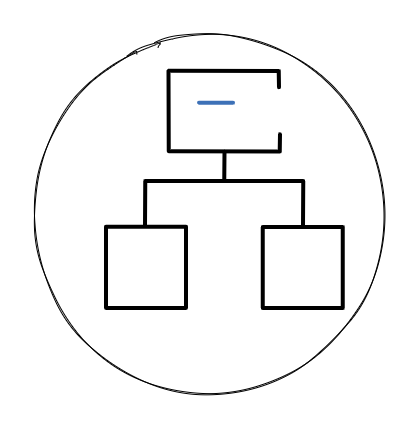
BIAN Service Domains & API Mapping
Apply BIAN Architecture principles with BIAN Service domains and API catalog to the identified Use cases, leading to more clarity on the implementation.
This step typically involves – Consulting internally and within the core team to identify and publish the BIAN Domains and APIs mapping involved, quantifying the list of APIs to be presented in the end view, identifying the API end points and points of integration – resulting into a “Service Design document” & “API catalogue”
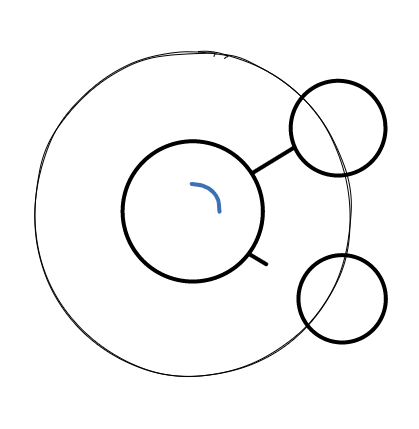
Solution Design
Solutionize the Use case with the BIAN domains, APIs and API end points, to identify the final outcome of the PoC/ PoV engagement under a Solution Design Document (SDD)
This step typically involves – Preparation of the “SDD Document”, which includes – end to end workflow, Solution implementation details, Technology & Platform implementation, Security Implementation, Integration Architecture, risks and mitigations – which is to be “Signed off”, before proceeding with implementation.

Platform Setup
Setup of Initial platform for the PoC / PoV delivery on the Banks preferred cloud enviroment
This step typically involves – Setting up / Provisioning of the Cloud environment Infrastructure with access to team (Bank); Build of servers / infra / implementing security as per SDD; delivery team access and onboarding
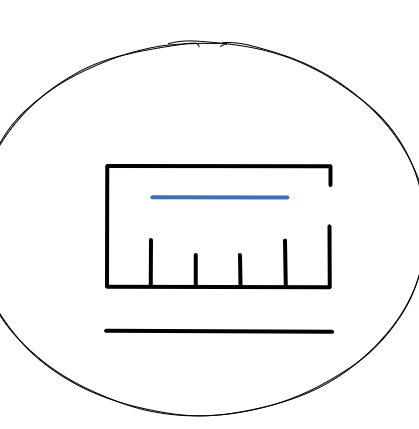
PoC / PoV Delivery
Build of the solution / PoC / PoV a defined in the SDD, including BIAN APIs, API end points and integration leading to the defined desired Business outcome .
This step typically involves – Creation of the codebase with necessary integrations with support from Bank Technical team, Internal testing followed by a Demo to the stakeholders.
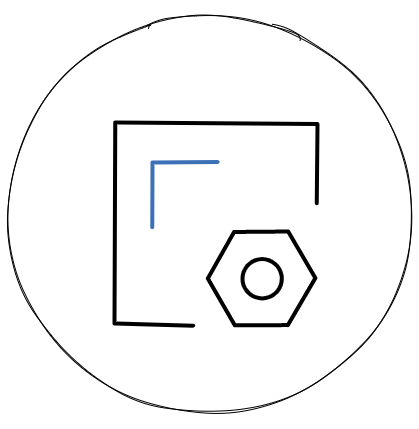
Future RoadMap
Evaluate the outcome of the PoC / PoV and then continue to the next steps of Implementing the BIAN Journey ….

GENERAL QUESTIONS / FAQ
BIAN, short for – “Banking Industry Architecture Network” is a Architecture framework which promotes streamlining and standardizing of Technology in Banking industry.
The BIAN framework consists of a set of business capabilities, information entities, and service domains that cover the entire banking value chain. The framework is designed to be technology-agnostic and can be used with a wide range of software solutions and platforms.
Overall, BIAN aims to help banks improve their operational efficiency, reduce costs, and enhance their ability to innovate and respond to changing market conditions. By providing a common architecture and framework, BIAN hopes to foster collaboration and standardization within the banking industry, and ultimately, improve the customer experience.
Know more about BIAN here – https://bian.org/
BIAN’s primary focus is on developing and promoting a standardized architecture for the banking industry. Specifically, the organization aims to create a common language and framework for banks that will facilitate interoperability, reduce complexity, and enable innovation.
Many tools are available within the BIAN framework to get a BANK to this Standardization.
Post Implementation, the bank will have –
Improved agility: BIAN promotes modular and flexible system enabling quick responses to changes in the market
Reduced costs: BIAN can help banks to reduce their costs associated with system integration, maintenance, and development leading to more efficient operations and streamlined processes.
Enhanced customer experience: BIAN can help banks to provide a more consistent and reliable service to customers.
Improved risk management: BIAN provides a standardized framework for managing risk
Increased speed to market: BIAN can help banks to accelerate their time to market for new products and services
BIAN is a global organization that includes banks, technology vendors, and consulting firms. Members work together to develop and promote the BIAN framework. BIAN is led by BIAN Organization, an expert bunch of Architects in the Banking Domain
No, BIAN is not a software product.
It is a “framework” that provides a common language and structure for banking systems. Banks and technology vendors can use the BIAN framework to develop their own software products.
BIAN has been adopted by a number of banks and technology vendors around the world, but it is not yet widely used throughout the industry. However, as more organizations recognize the benefits of standardization and interoperability, the adoption of BIAN is expected to increase.
BIAN and TOGAF are both architecture frameworks, but they have different focuses and scopes. BIAN is specifically designed for the banking industry and includes a set of business capabilities, information models, and technology services that describe the functions and components of a typical banking system. TOGAF, on the other hand, is a more general framework that can be applied to any industry or organization.
While both frameworks are designed to promote standardization and interoperability, they have different approaches to achieving these goals. BIAN is more prescriptive and includes specific guidelines and recommendations for implementing its framework. TOGAF is more flexible and includes a set of generic guidelines and best practices that can be customized to meet the specific needs of an organization.
In summary, BIAN is a specialized framework designed specifically for the banking industry, while TOGAF is a more general framework that can be applied to any industry or organization.
The BIAN framework includes a set of business capabilities, information models, and technology services that describe the functions and components of a typical banking system. It also includes guidelines for implementing the framework and ensuring interoperability between different systems.
Yes, the BIAN framework is designed to be flexible enough to be used by banks of different types and sizes. It includes a range of business capabilities that can be customized to meet the specific needs of different types of banks.
BIAN is designed to be compatible with other industry standards and frameworks, such as TOGAF, OpenBanking, and ISO 20022. It is also designed to work with specific technology standards, such as SOA and REST.
No, BIAN is an Open Standard and any organization can take it and apply its principles, without any obligation to BIAN.
The BIAN framework is not licensed for commercial use. It is freely available to BIAN members and the general public for non-commercial use, such as education and research. BIAN members can use the framework to develop and implement their own software products and solutions, as long as they comply with the terms and conditions set forth in the BIAN Intellectual Property Rights Policy.
Yes, you can.
BIAN offers a certification program that provides a formal process for demonstrating compliance with the BIAN framework. This program includes a set of criteria and guidelines for assessing compliance, as well as a certification process that includes an independent audit.
Organizations that successfully complete the certification process are authorized to use the BIAN Certified logo to promote their compliance with the framework.
CC&C, who are a BIAN certified training partner, offers training and supports Certification Programs.
Connect with us at – [email protected] (or) [email protected] – to know more.
Yes, it is a very good idea to conduct a proof of concept (PoC) to understand if the BIAN framework is a good fit for your organization.
We at BridgeApps Ltd, offer this Initial BIAN Consulting / PoC build as a packaged service, which includes – identifying your current state, define a scope of the PoC based on your business priorites, identify specific business capabilities or use cases that you may use to evaluate, develop a plan and then Build the PoC on Cloud using Industry standard languages.
Connect with us at – [email protected] (or) [email protected] – to know more.
We at BridgeApps Ltd, offer BIAN Consulting / PoC build/ or BIAN delivery service, and we will be able to help you build & grow the BIAN capability in your organization.
Connect with us at – [email protected] (or) [email protected] – to know more.
Specialists on BIAN Consulting, Training & Delivery
Leverage our expertise to get faster development churn, time to market and more importantly achieve agility. Reach out to us to find the art of the possible.

Microservices - Your Solution as a Collection
Building Microservices based solutions for your business – either a Web based Portal or a Business functionality with no UI or a Business Rules Engines (BRMs) based solution implementing Rules and hosted on Cloud and secured using SSO or other Auth mechanisms.

Integrate Microservices on Cloud with OnPremise
Migrating existing Applications which are on-Premise or on Legacy technologies, into a fully Microservices based Architecture as atomic functionality driven desparate services interacting with each other via APIs, and secured using Key exchange based solutions.